Parallel lines
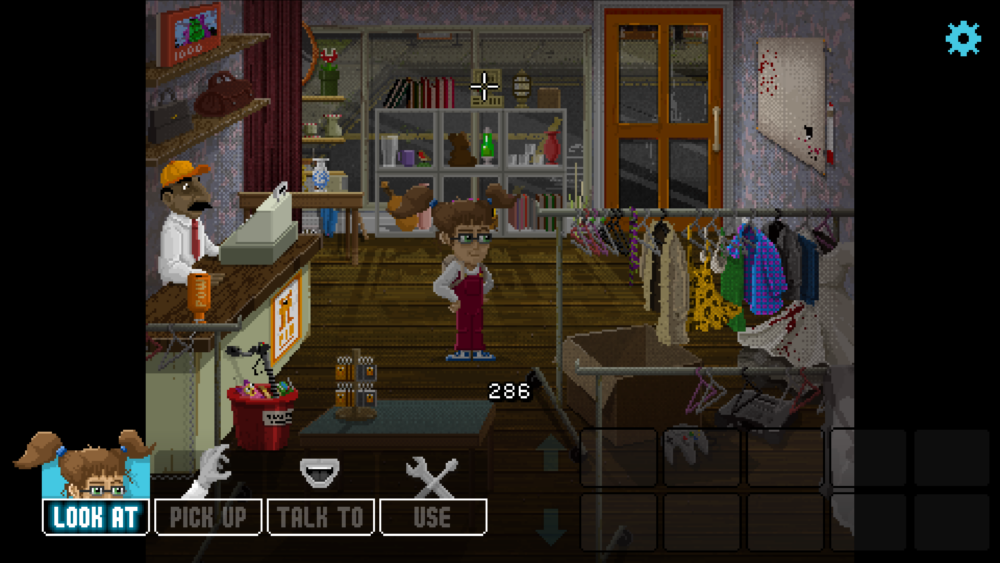
To date I have created two point and click games using Visionaire Studio. The first of them to launch was Hair of the Dog, and shortly after that the demo for Lucy Dreaming. The process for developing each one was quite different.
Lucy Dreaming has been a longer, more organic process which has changed and evolved over the past 12 months, whereas Hair of the Dog was produced in such a short amount of time (12 days) that a more pragmatic approach was required.
When creating Hair of the Dog, I was aware that I had less than two weeks to produce the whole thing from scratch. I really wanted to add voice overs to the game, but in order to do that all of the dialogue needed to be written within the engine so I could easily export the texts and subsequently import all of the voide over files. In turn, this meant that the development of the game itself needed to be pretty much complete very early on. That was the situation I found myself in after the first 48 hours of coding and using placeholder graphics.
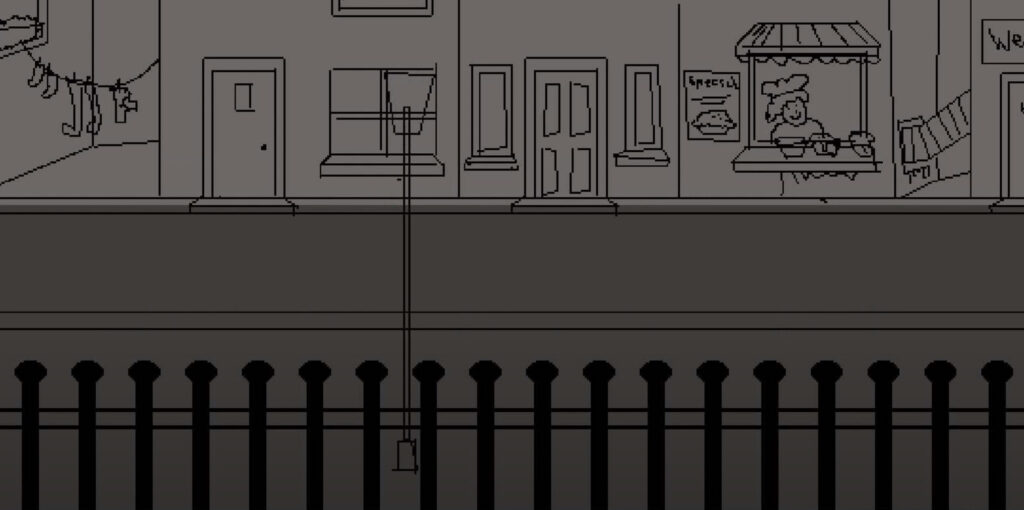
It was then relatively simple to draw the scene nd character art/animations, import them along with the voice over files and do a bit of tidying up and testing.
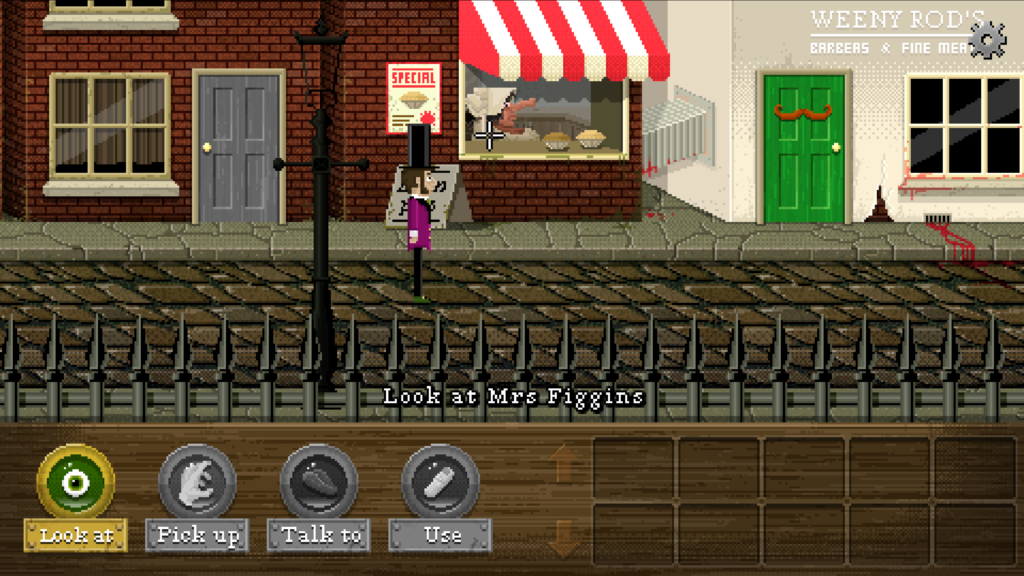
For Lucy Dreaming, I have had a lot more time and have found the process of drawing the game art really inspiring, helping to flesh out the puzzles, characters and narrative in ways I would never have thought of if I was working in the same way as with Hair of the Dog.
After the Kickstarter campaign for Lucy Dreaming ended at the end of May 2021, I decided to switch the process to be more like Hair of the Dog which was, in my eyes, more efficient.
This worked pretty well for a few weeks, I managed to set up a load of test scenes and get some of the wider game mechanics working (like a map for navigating around Lucy’s world).
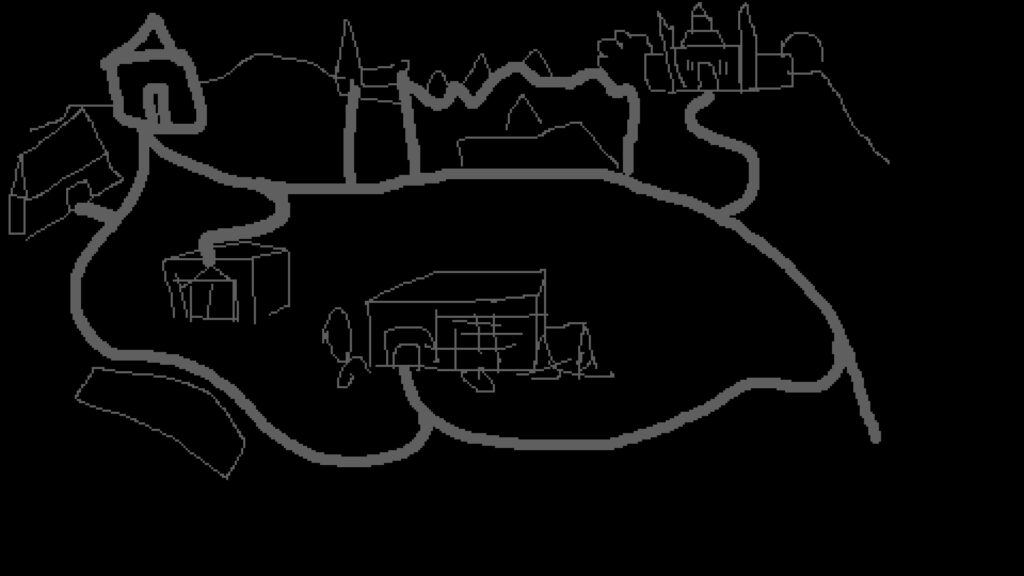
At this stage, I also worked on other technical aspects of the game like preparing it for localisation, ironing out the publishing process for iOS and adding in support for gamepads.
Once I’d finished laying the groundwork I started the development of the actual “game” (the puzzles, dialogue and responses etc.) but very quickly started to get bored. Working with test characters and placeholders is great for getting the general scaffolding in place, but I found that the dialogue I was writing just didn’t have that same spark as when I can literally see the scene unfolding in front of my eyes.
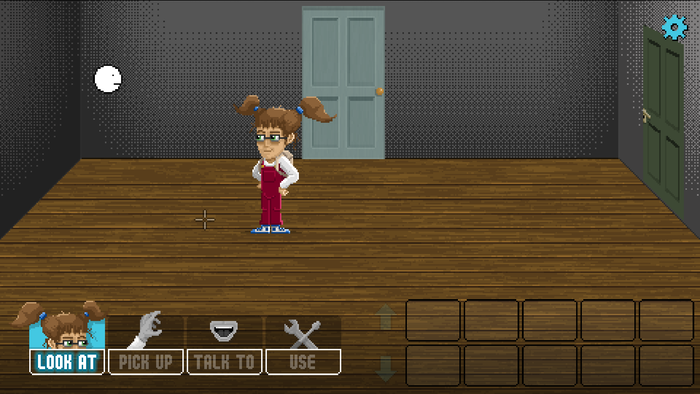
So, I am now working as I have done previously, with the artwork and dev being created in parallel so that each feeds off the other. This is especially helpful with some of the dialogue e.g. if I have drawn the character first I know what they look like in situ so I can add options like “Wow, he’s got an enormous moustache.”, “She looks like a sultana with a perm.” or “Nice cap,” and see where that takes me.
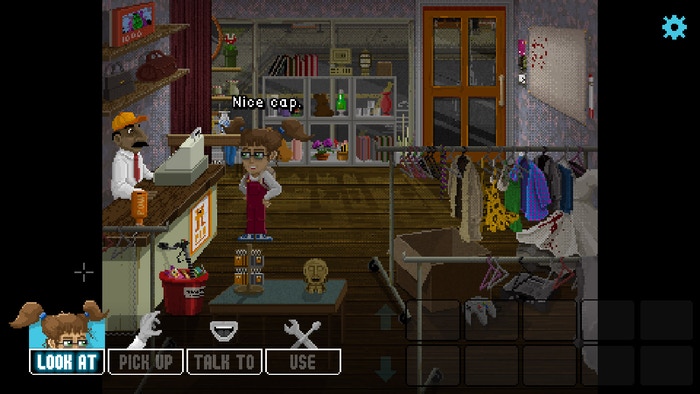
It also gives me more opportunities to add little hidden easter eggs and references, which are a lot of fun…if a little distracting at times.
Below is one of a series of time lapse videos of the scene art being created. The full playlist is available on YouTube.
Another advantage of working on the artwork earlier on, is that I can pass it onto our music composer to provide inspiration. The early tests for the music tracks sound awesome too. He’s really capturing the atmosphere we want for Lucy’s world.
For now, I’m happy working in a familiar style where I am discovering more surprising details about Lucy’s world as I go along.

If the process of creating a point and click adventure game interests you, I also urge you to follow Adam, the creator of Point and Click Devlog on YouTube and on Twitter. Adam (a fellow Brit and all round lovely bloke) started on his journey at a similar time to me, and his approach is different again. He has worked on all of the visual assets for the game first, and is now working through each scene systematically with a solid idea of where everything is going to go and why.
Part of me is jealous of his organisation and efficiency, but part of me also knows that I just simply can’t work like that!
Tom x
Back to blog